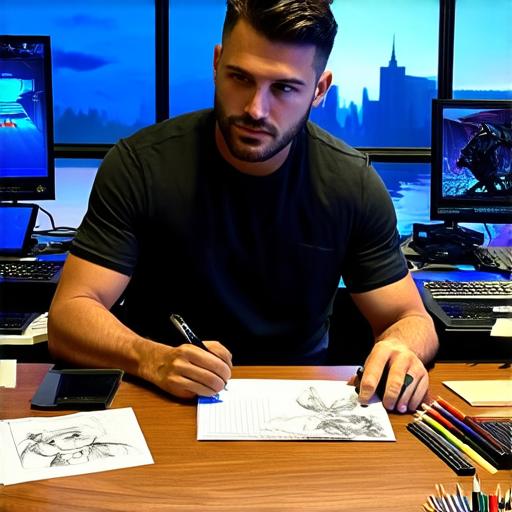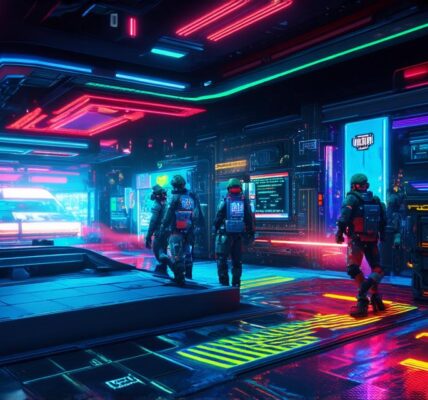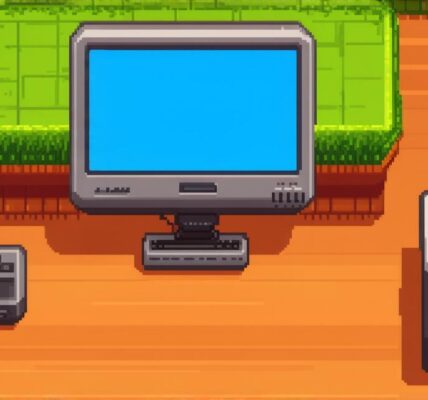The Role of a Video Game Artist
A video game artist is responsible for creating the visual elements that make up a game’s world. They use various tools and techniques to create characters, environments, and objects that are both visually appealing and functional. Their work involves collaborating with other members of the development team, including writers, programmers, and producers, to ensure that their creations fit seamlessly into the game’s overall design.
Some of the key tasks that a video game artist is responsible for include:
- Creating characters, enemies, and NPCs (non-player characters) that are both visually appealing and functional.
- Designing environments, including buildings, landscapes, and other structures that players can interact with.
- Creating objects that players can collect or use, such as weapons, tools, and items.
- Collaborating with other members of the development team to ensure that their creations fit seamlessly into the game’s overall design.
The Artistic Process
Becoming a successful video game artist requires a combination of artistic skills and technical knowledge. The process typically involves the following steps:
- Conceptualization: This is the initial stage of the artistic process, where the artist brainstorms ideas for characters, environments, and objects. They use sketches and other forms of visual communication to convey their ideas to the rest of the development team.
- Modeling: In this stage, the artist creates 3D models of their designs using specialized software. These models are then refined and polished until they meet the requirements of the game’s overall design.
- Texturing: This involves adding details to the 3D model, such as skin texture for characters or environmental textures for buildings and landscapes.
- Lighting: Lighting is an essential part of creating a realistic and engaging game world. The artist uses specialized software to add lighting effects that enhance the visual elements of the game.
- Rendering: This is the final stage of the artistic process, where all of the work done so far is rendered into a 2D image or video.

The Impact of Art on Gameplay
The visual elements of a game can have a significant impact on gameplay. A well-designed game world can be more immersive and engaging for players, while poorly designed characters and environments can detract from the overall experience. In addition, the use of effective lighting and rendering techniques can enhance the game’s overall aesthetic appeal, making it more visually appealing to players.
Case Study: The Art of Uncharted
Uncharted is a popular adventure game series that has been praised for its stunning visuals. The game’s artists have played an essential role in creating the game’s immersive and engaging world. In this case study, we will explore some of the techniques used by Uncharted’s artists to create their visual elements.
- Conceptualization: Uncharted’s artists use a combination of sketches, concept art, and 3D modeling to brainstorm ideas for characters, environments, and objects. They work closely with the game’s writers and producers to ensure that their designs fit seamlessly into the game’s overall narrative.
- Modeling: Uncharted’s artists use specialized software to create highly detailed 3D models of their designs. These models are then refined and polished until they meet the requirements of the game’s overall design.




